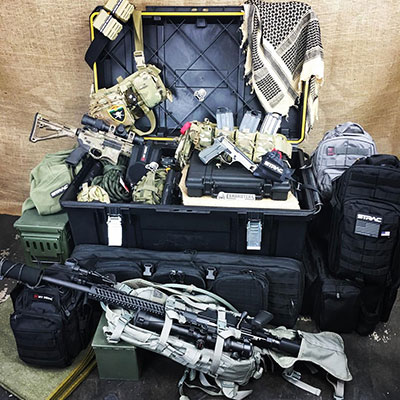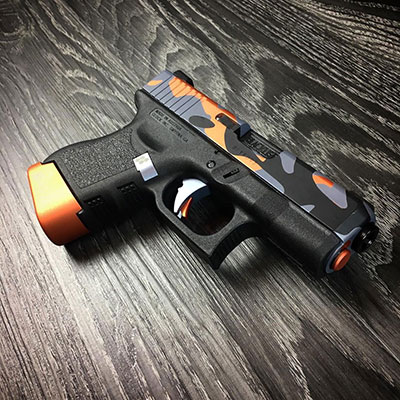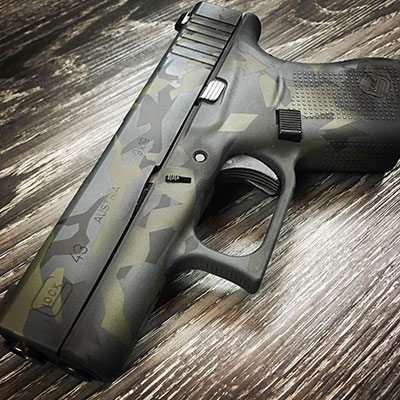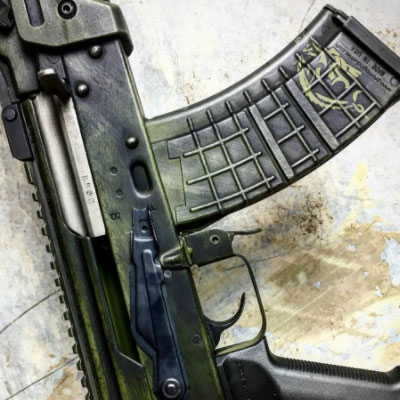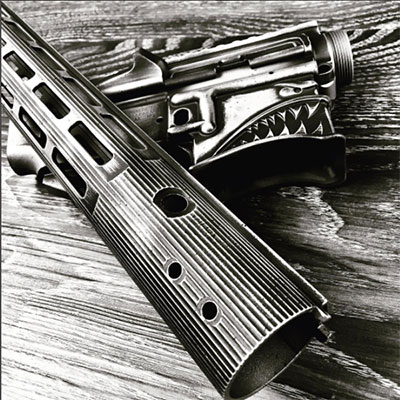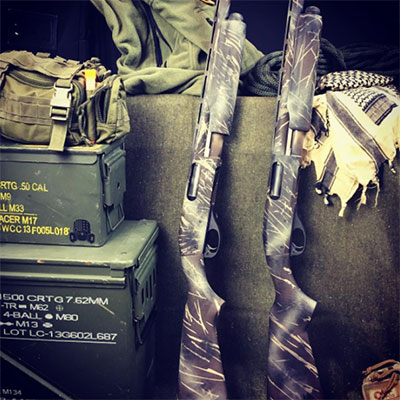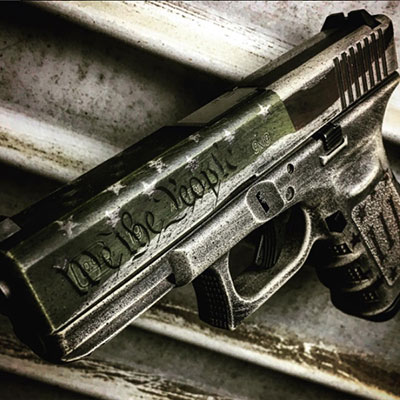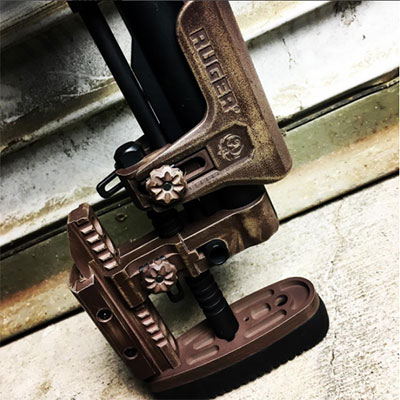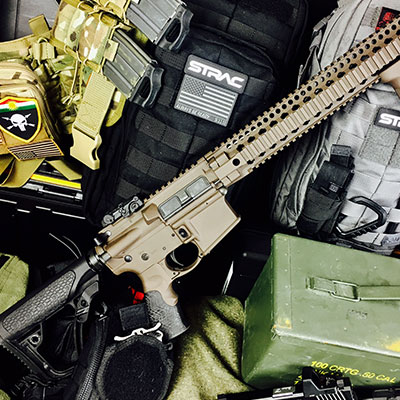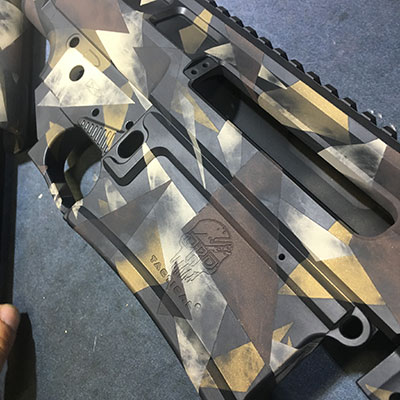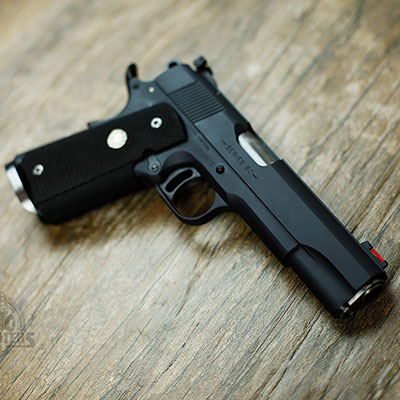- Home
- What to Consider If You Want to Thread Your Barrel
show / hide sidebar
Recent Posts
What to Consider If You Want to Thread Your Barrel

Considering Barrel Threading? This is What You Need to Know
It’s a little more complicated than tapping the end of your barrel with a standard tap and die set. Even a slight misalignment of a suppressor can result in catastrophic failure. You just spent all that money on a silencer and a tax stamp, do you really want to risk a baffle strike when you fire the first round?
There are a lot of reasons to thread the end of your barrel, but the most common is the fitting of a silencer or flash suppressor. While you might not leave it mounted all the time, the precision of the work is the same. You want to pay once, and be done. Not repeat the whole process later.
They also add to the “bad-ass” appeal of your favorite firearm. If you have a tactical pistol, a threaded barrel is often the perfect addition, even if you can’t spring for the suppressor just yet.
Threaded barrels also allow the addition of breaching mussels, which can add to the usefulness and “cool-factor” of your gun, and a longer barrel will give your muzzle velocity a boost.
Why is precision gunsmith work so important?
In order for a suppressor to be aligned perfectly with the barrel (so the bullet doesn’t intercept the suppressor baffles on its way out), precise machining of threads is important. Several boxes must be checked.
- The right thread size – This should be obvious, but mistakes can be made. It’s best to bring your silencer in with the weapon.
- A square shoulder – Shoulders should be cut perpendicular to the bore, not the barrel OD, for a solid stop when attaching the suppressor.
- Depth of cut – Removing too much material from the barrel can result in stress cracks, fatigue, and belling of the muzzle.
- Bore-centric threading – Making sure the baffles are aligned perfectly with the bore, not the barrel.
- The threads themselves – Should be cut at a 60 degree angle with a single point thread.
Machines and Machining
A process based on CNC precision is ideal for cutting barrel threads. Putting a die on the end of the barrel and cutting threads into it simply won’t work. If you want to be sure that you stay clear of mistakes, then make sure that your gunsmith is using the right technology.
As a minimum, a lathe must be used. This is because of the bore-centric aspect of the work. A lathe allows the gunsmith to ensure that they are doing all of the cutting in relation to the bore, and not the OD of the barrel. It seems simple, but if the local gunsmith so much as mentions simply tapping the end of the barrel, then stay away. It’s a recipe for disaster.
Generally speaking, when you ask your gunsmith about their process, if you don’t hear them mention terms and phrases like center on bore, ring gauge, thread relief, and single-point, then it’s probably best to shop somewhere else. If they even insinuate that it’s a simple matter of tapping: run.
Most reliable gun smiths will ask, sometimes demand, that you bring in the suppressor, or at least give them the exact make and model, so that they can ensure there will be no mistakes in cutting threads. Telling them “12 x 28” isn’t good enough for them, and it shouldn’t be good enough for you.
You wouldn’t believe how many times “12 x 28” is confused with “1/2 x 28.”
Leave it to the experts.
We pride ourselves on using the latest technology, and taking the greatest care to make sure that your barrel is threaded to exacting specs, has a proper seating for your suppressor, and that our customer service exceeds your expectations.
Quality isn’t the only consideration, and though precision comes first, we have been able to turn some threading jobs around in as little as 5-10 days, though longer wait times might be required for special projects, and depending on how many jobs are ongoing when you make a request. Though we like getting your gun back to you quickly, we will take the time necessary to make sure the job is done right.
 Loading... Please wait...
Loading... Please wait...

